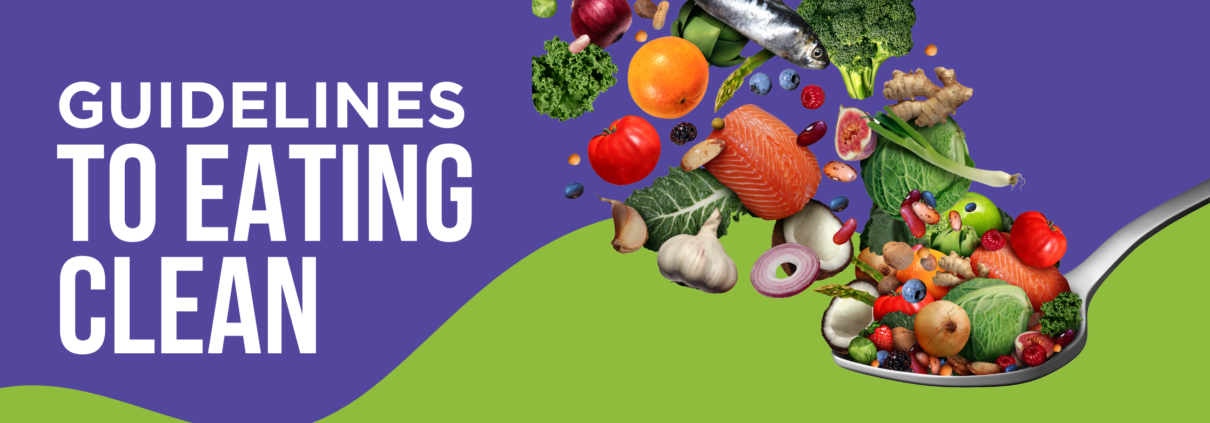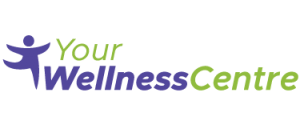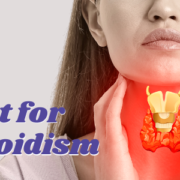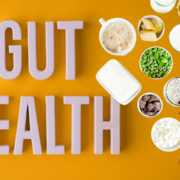Guidelines To Eating Clean
The basic guidelines for eating clean are easy to follow and include a promise to avoid processed foods in the diet.
Refined foods have been increasing in number since the 1940s. Today’s supermarkets and grocery stores are filled with many processed options. However, eating clean will help you avoid the health risks that come with eating processed food!
Try these guidelines for eating clean:
1. Focus on whole foods in your diet.
Whole foods are items like an entire apple or piece of lettuce. They’re not processed or refined, and there is no long list of ingredients with strange names on their labels.
- Eating straight from a farm is the ideal way of avoiding processed foods. However, this isn’t an easy option for everyone, so there are other ways to get whole foods.
- Focusing on organic produce is essential. Whole foods grown without pesticides or other chemicals are the best option. Organic items are becoming more popular, so more local stores are carrying them.
- The goal of clean eating is to eat raw food as often as possible. Fresh bananas, ripe cherries, and green kale are preferred over muffins, pancakes, or chips.
- The clean eating plan replaces white flour with whole grains. You can use bran, quinoa, amaranth, and other popular grains in your cooking to create delicious meals that your family will adore.
2. Get rid of canned and bagged items in the kitchen.
An easy way to start a clean eating diet is to remove all of the canned and bagged items in the kitchen that are not whole foods.
- Canned soups, vegetables, and fruits aren’t part of the clean eating plan. The cans can have Bisphenol A (BPA), a chemical capable of disrupting human hormones.
- Avoid packaged lunch meats and crackers because they’re usually filled with additives and chemicals.
3. Reduce the amount of sugar in your diet.
The clean eating plan recommends reducing the sugar in your diet, but it can remain in some healthy forms. For example, fresh fruit is an acceptable food.
- Eliminate artificial sweeteners. Artificial sweeteners supply empty calories that aren’t part of the clean eating plan. These sweeteners include aspartame and saccharin.
- High fructose corn syrup is another source of sugar that is not recommended.
- Natural sources of sugar can stay in your diet in small amounts.
4. Eat more fresh fruits and vegetables.
It’s important to experiment with new fruits and vegetables, so your diet has variety. Have you tried passion fruit with your breakfast or added kiwi to your lunch?
- Organic and fresh items are the best choice for a clean eating plan.
5. Eat more nuts and seeds.
Nuts and seeds are important sources of protein and other nutrients. They can give you more energy and strengthen your health.
- From pecans to cashews, your diet will benefit from the addition of nuts and seeds.
6. Add healthy fats and get rid of trans fats.
Trans fats are not nutritious, and they are considered the worst category of fat.
- Many processed foods contain trans fats. They’re common in baked goods like cookies and fried foods like French fries. Trans fats can wreak havoc on your cholesterol levels by increasing the bad cholesterol while decreasing the good one.
- Healthy fats such as avocado oil are better for your body. They can improve cholesterol levels and help those who have diabetes.
7. Enjoy low-fat, organic dairy products.
It’s not easy to cut dairy for some people, and the clean eating plan allows low-fat organic products.
- Hormone-free dairy products are best, and many organic items will indicate this.
8. Avoid foods with complicated ingredient names.
Many processed items have long ingredient lists filled with puzzling names.
9. Organise your meals into five or six parts per day.
Try smaller, but more frequent, meals.
- This plan will help improve your metabolism while keeping you full longer. In addition, it helps avoid dangerous blood sugar spikes.
10. Learn to mix carbohydrates, protein, and healthy fats at every meal.
The best clean eating plates have a combination of carbs, protein, and fats. This also helps you feel full and gives you energy.
Whole foods are at the heart of the clean eating diet. It’s essential to focus on raw and fresh ingredients at every meal.
The elimination of processed foods will help you discover new foods that are healthier.
Your meals can be filled with a variety of fruits, vegetables, nuts, seeds, low-fat dairy, and fresh meats. Once you’ve replaced packaged and refined items with healthier options, you’ll notice a positive change in the way you feel.
Read more about Eating Clean:









Leave a Reply
Want to join the discussion?Feel free to contribute!